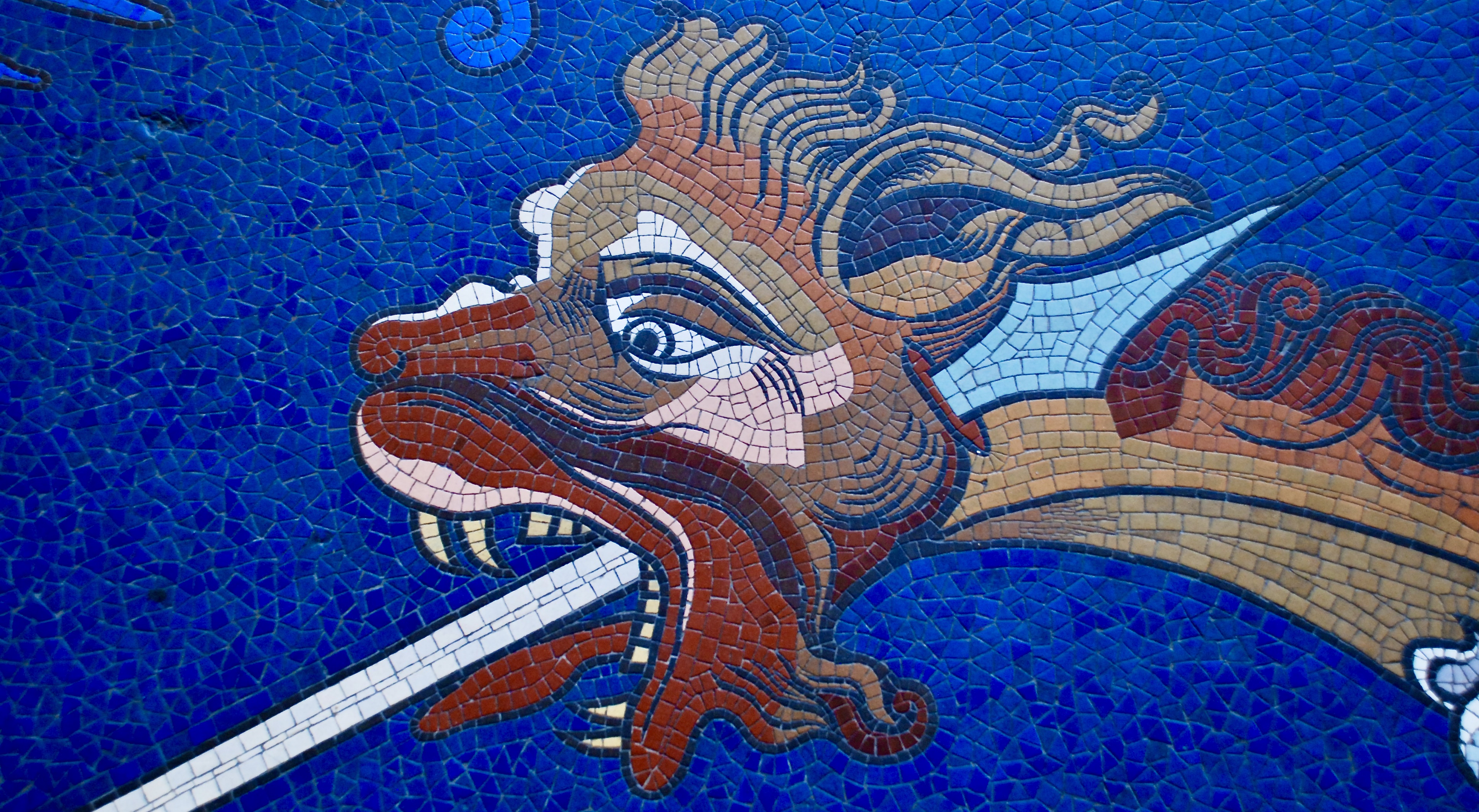Krallan
Superb, nocturnal ambush predators, Krallans resemble large, bipedal birds, with long arms instead of wings. In the wild they lie in wait in trees, waiting to use their long arms and talons to hook up a creature and kill them with one swift bite from their beaks before their victim has any idea of what has happened.
Their size means that humanoids of all forms have become their favoured prey and in order to find them, they happily move into urban areas, which provide ample dark places for them to sleep during the day, and a multitude of vantage points from which to lie in wait during the night.
Basic Information
Anatomy
Krallans are easily identified by their appearance, which has been describes as a combination of an avian and a humanoid. They have long gangling arms, nearly two metres each in length, ending in three stout, long taloned fingers and a skeletal, remarkably humanoid like body, with a covering of fine, downy black feathers. Their black feathered, vulture like heads have a strong, cruelly hooked beak and what are often described as ‘dead’ looking black eyes.
Genetics and Reproduction
As well as aspects of their appearance, part of what makes scholars believe that Krallans are related in some way to birds is the fact that they lay eggs. Female Krallans will typically lay one egg at a time, which will be incubated by its mother for a month before it hatches.
Krallan hatchlings will remain with their mothers in the nest for a further month, after which time they are strong enough to survive on their own and they are abandoned to fend for themselves. In all likelihood, once it has fledged the nest, a Krallan will never see its mother again.
Once a Krallan female’s hatchling has fledged the nest, they are biologically ready to mate again. Theoretically this means that Krallans can multiply quite quickly, provided that there is enough food in the locality to sustain them, and a population of Krallans can quickly become quite the large, unwelcome neighbour for settlements that lie within or next to forested areas.
Krallan males play no part in the raising of the young, only interacting with the females during mating.
Dietary Needs and Habits
Unlike most predatory creatures, a Krallan will leave the flesh, blood and organs of their victims un-devoured and have instead specialised to eat exclusively bone marrow. This means that the victim of a Krallan attack is easy to identify, as the flesh will have been pulled off the unfortunate creature in great chunks to allow the Krallan to access the bones, which they crack open with their beaks, using their long tongues to fish out the marrow within.
Additional Information
Uses, Products & Exploitation
On the whole, no commercial uses have been found for Krallans, though it is known that the Imperial Inquisition use Krallan feathers to fletch darts, arrows and crossbow bolts. Though no one has conclusively proven so, the Inquisition believe that fletching projectiles with Krallan feathers makes them move silently through the air.
Average Intelligence
When it comes to finding requisite sites for and setting up ambushes, Krallans have a naturally keen intelligence, but beyond that, their general cognitive abilities are not particularly outstanding. When it comes to interacting with creatures that they prey upon who sometimes prove to be more dangerous than they anticipated, such as humanoids, a Krallan will at first try to subdue its target with raw aggression until that has proven ineffective, at which point they will run rather than trying a different tactic first. Imperial Hunters regularly give advice stating that the best way to ward of a Krallan if you can’t outrun it, is to attack it with as much ferocity as one can muster, in the hope that you make it run before it injures you mortally.
Perception and Sensory Capabilities
Krallan’s have incredibly good night vision and it is thought that they can practically see the level of detail in pitch darkness that a humanoid could in full daylight. However, their keen night-vision makes them very sensitive to light, both natural and artificial, which is thought to be the primary reason that they are exclusively nocturnal animals.
Krallans are also known to have an excellent sense of smell, and as creatures that hunt as well as scavenge, many Krallans can be drawn to a kill from several miles away.
However, compared to their night-vision and smell, their hearing is extremely poor, with many specimens observed both in the wild and in captivity, having been reported to only respond to loud noises, and to be completely oblivious of quitter sounds.
Lifespan
In the wild, Krallans are thought to live no longer than 10 years, but specimens kept in captivity have been known to live for as many as 20 years.
Conservation Status
Krallans are surprisingly resilient creatures and are not deemed as being endangered or at risk of extinction. Indeed they have proven to be remarkably adaptable and are worryingly content with trading in their natural forest habitats for the roofs and spires of the Empire of Turelion's towns and cities. The annual records of the Lodge of Imperial Hunters are full of records of Krallan attacks happening in urban areas, with some larger settlements having Imperial Hunters based permanently in them just to keep the Krallan population in check.
Average Height
C. 5-7ft
Body Tint, Colouring and Marking
Most Krallans have black plumage, which helps them to remain hidden during their nightly hunting activities. Occasionally some individuals may instead be dark grey or dark brown and on very rare occasions an albino Krallan may be born. Whilst dark grey and dark brown Krallans generally suffer no disadvantage because of their colour, it is rare for albino Krallans to survive long after leaving the nest, as their white plumage puts them at a severe disadvantage when it comes to hunting prey.
Geographic Distribution



Comments